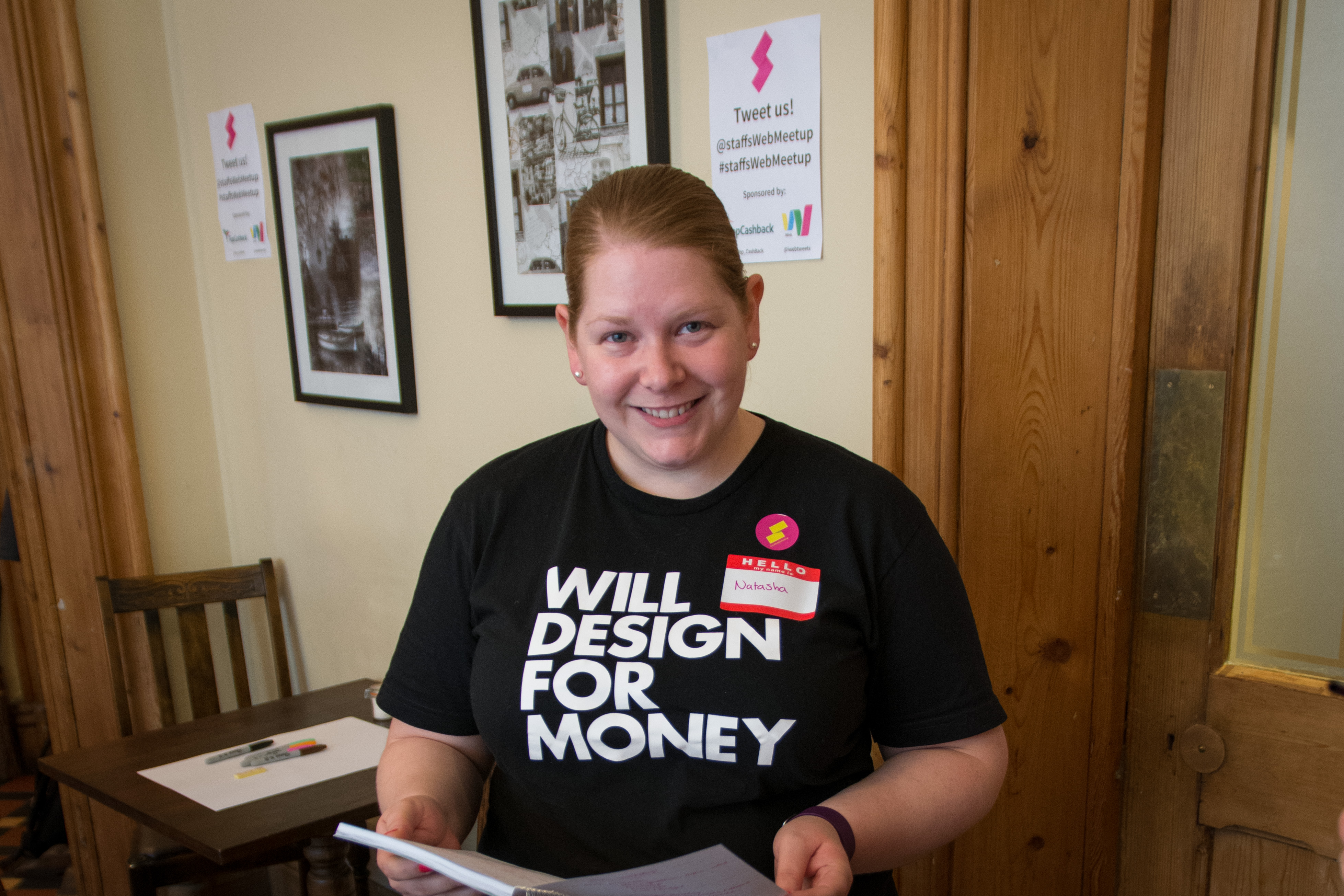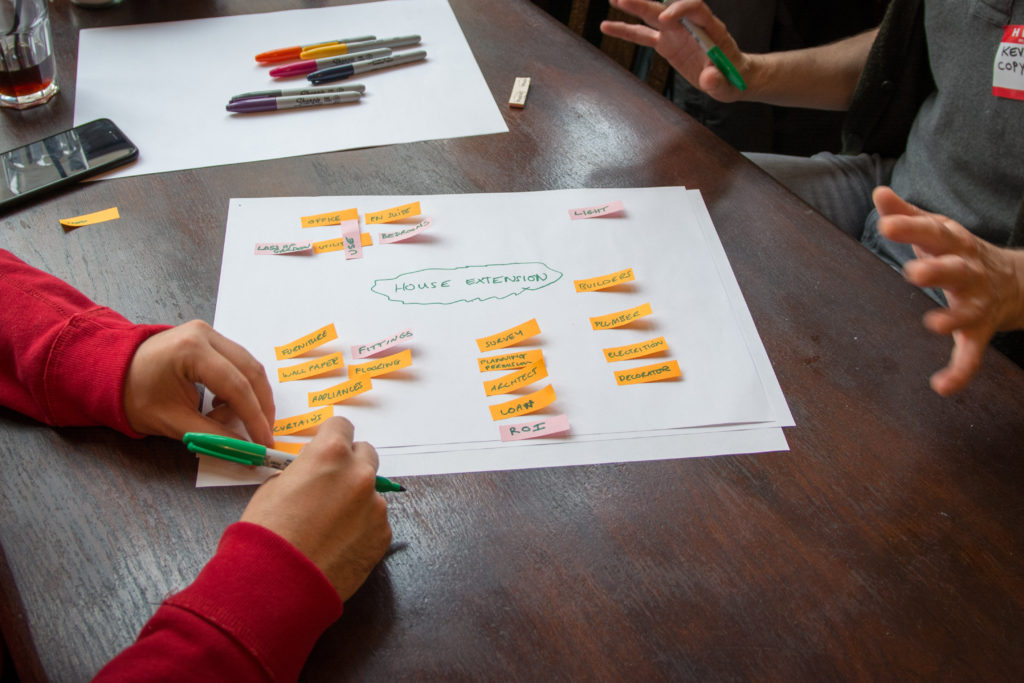On 16th June 2016 I ran a workshop at Staffs Web Meetup. During the workshop I covered a handy little process which can be used to help with the planning of almost any project.
By the end of the evening, the process was named the “Allsopp Planning Process” (or something to that effect!). After my initial introduction, we split into small groups to put the process into practice. Projects included planning a dinner party, a hat festival (#hatFest), moving to America, planning a project management lightning talk and even the building of a house extension!
So what is this process? How can one process be used to plan such a wide range of projects? Let me introduce you to the “Allsopp Planning Process”. It’s a simple 4 (and a bit…) step process:
- Define the idea, topic or question we’re trying to plan/answer and who is the project targeted at?
- Mind map, throw all your ideas on the page, write down everything you can think of related to your project (preferably on individual post-it notes)
- Prioritise and organise (this is easier if you used post-it notes)
- Look back over your post-it’s, now try and group them together into logical groups to organise your thoughts
- Prioritise the post-it notes by putting either an E, D or N next to each post-it:
- E = Essential – this is something that you must have/do for your project to work
- D = Desirable – this is something that you would really like to have if you have the time and/or budget to allow for it
- N = Nice to have/Not required – this is something that wouldn’t make an impact on your project if you didn’t include it but can be added if time and/or budget permits
- Finally, decide whether there is a time and/or budget restriction to your project
- Starting with the essential items, apply your time/budget restriction
- If you still have time and/or budget left after working through the essential items, then do the same for the desirables followed by the nice to haves until your time/budget has ran out
And that’s it! Simple right? 
I have used this process on a few projects, both at work and for personal projects – one of which was planning my honeymoon in Florida next year. I wanted a good old Blue Peter style ‘sticky back plastic and loo roll tube’ – “this is one I prepared earlier” example so started the plan purely as an example for the workshop. In doing this I’ve managed to work out exactly what Phil (my husband to be) and I want to do on our honeymoon, which is great!
I first learnt about this process during a training workshop I went on with my previous employer to help me improve my confidence when delivering presentations. I left the workshop thinking about how this process could be adapted to help plan loads of different types of projects and the above process is what I ended up with.
Finally, I’d like to thank everyone who came along to my workshop, it was such an enjoyable evening. So far the feedback from the evening has been positive and greatly appreciated.

